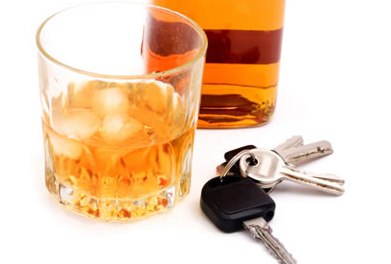Warning: Undefined variable $serie in /home/domains/treatmentandrecoverysystems.com/docs/wp-content/plugins/wp-series-manager/wp-series-manager.php on line 264
Though it’s often neglected in discussions of DWI recidivism, I suspect that treatment may be every bit as important as enforcement in reducing the risk of re-offense.
Anthropologists believe humans have used and abused alcohol for somewhere in the neighborhood of ten thousand years. The automobile is a very recent development that makes the intoxicated person much more dangerous. But it doesn’t essentially alter the nature of intoxication and the problems it causes.
It seems to me that a successful approach to DWI must be based on the assumption that drunk drivers are a diverse population. Some respond to conventional interventions: Sanctions, a Court appearance, driver education, the threat of still more severe consequences( including jail) for repeat offense. They alter their behavior and aren’t arrested again.
Others fail to respond.
Why? In most cases, interference from active addiction. Some drunk drivers are irresponsible, their arrest the result of poor decision-making. Others engage in DWI as but one of many consequences of a serious and continuing disorder.
It’s the nature of this second group to use alcohol in spite of adverse consequences. Accordingly, enforcement and punishment alone won’t be enough.
I recall a member of our hospital’s finance department complaining to me that she’d been arrested three times at sobriety checkpoints in the same area. Her conclusion: Officers were unfairly targeting her because she was female.
Or the accountant who, frustrated by his third arrest, arrived at the idea of putting his car up on blocks and selling the wheels. He was arrested again a year later, this time in a borrowed vehicle.
This distorted reasoning process is immediately familiar to anyone who works with alcoholics. It’s difficult enough for a skilled counselor to penetrate, let alone a busy probation officer or DWI monitor.














Trackbacks/Pingbacks